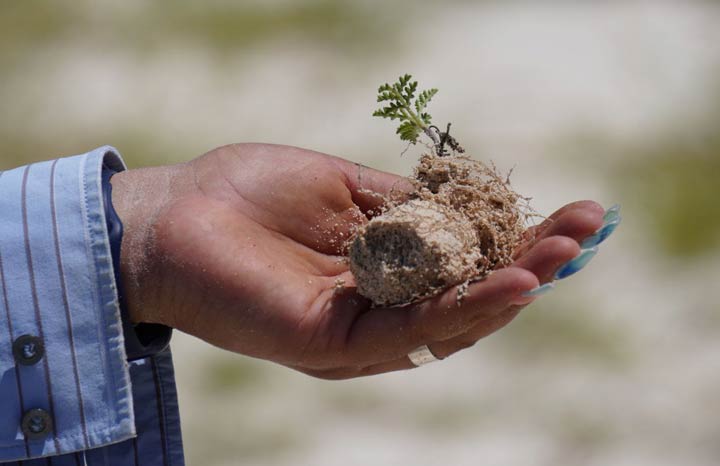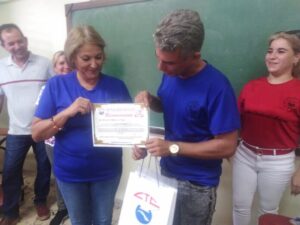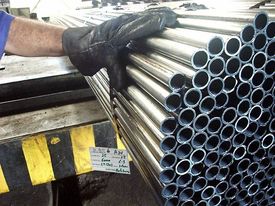The Centre for Environmental Engineering and Biodiversity (Ciba) in Ciego de Avila carried out actions that contributed to the conservation, maintenance and recovery of sandy beach segments in Jardines del Rey, one of Cuba’s main tourist destinations, in the period 2022-2024.
At the end of the territorial project «Rehabilitation of coastal dunes, an alternative for disaster risk reduction and adaptation to climate change (CC) in the Jardines del Rey archipelago», 1,658 square metres of Las Coloradas beach were rehabilitated with native vegetation, said Master of Science Yamilé Jiménez Peña, director of Ciba.
The establishment of native species to strengthen dune ecosystems, with the aim of tackling CC and its effects in coastal areas, was made possible through the production of more than 11,000 seedlings, using tubing technology, in a rustic nursery at Ciba.
Researchers linked to the project alluded to the significance of multiplying, outside their environment, species typical of coastal environments, known as sand grass, coastal mate, purslane and sea daisy, whose growth and development was favoured by the use of coastal substrates, used to reduce the stress of the plants sown in a constituted surface.
Worm castings and the use of biofertilisers obtained from seaweed collected during upwelling in the coastal zone also contributed to the healthy growth of these plantations.
Other results were related to the characterisation of biodiversity, the management of 132 cubic metres of biomass of exotic and invasive species in the sand mounds of Cayo Coco and the development of a methodological basis for determining risks in dune systems.
Training for managers of the Meliá Costa Rey, Meliá Cayo Coco, Sol Cayo Coco, Tryp Cayo Coco and Mojito hotels enabled the transfer of knowledge for the efficient management of dune ecosystems, with a view to counteracting the effects of climate change, including extreme hydro-meteorological phenomena that bring strong winds and sea penetrations.
Three students from the University of Ciego de Avila Máximo Gómez Báez joined the project to carry out diploma work on the technology of propagation of native species.
Articles in renowned international and Cuban scientific journals gave greater relevance to the results of this initiative and enhanced the performance of Ciba researchers in the fulfilment of the State Plan to Combat Climate Change (Tarea Vida).
Jiménez Peña underlined the recognition of the tourism sector for the work done to preserve an area of economic interest, ranked as the second sun and beach destination in Cuba and one of the most prominent in the Caribbean.
The tourist keys in the north of Ciego de Avila are among the zones, areas and places prioritised for the implementation of the Tarea Vida, approved by the Council of Ministers on 17 April 2017 and inspired by the thinking of the historic leader of the Cuban Revolution, Fidel Castro Ruz.
The aforementioned plan is made up of 5 actions and 11 tasks; it is currently in its second cycle of execution, which began in 2022 and extends until 2025.




